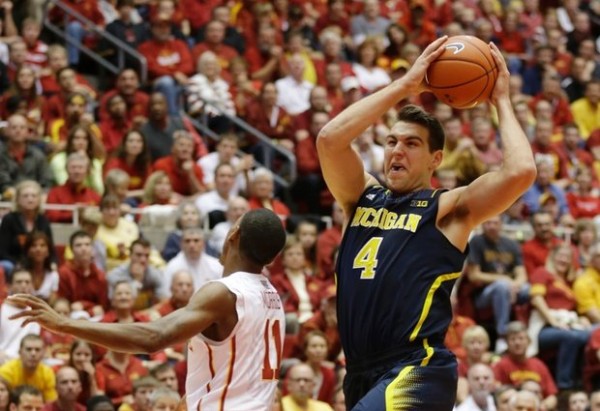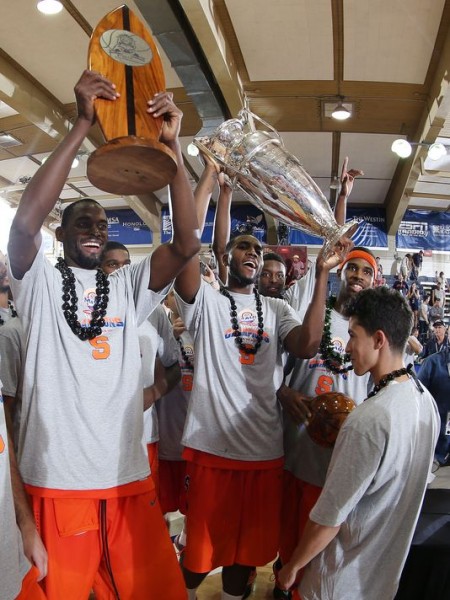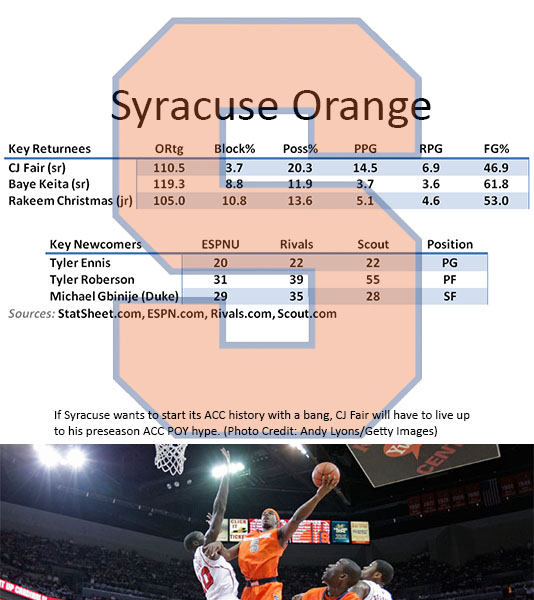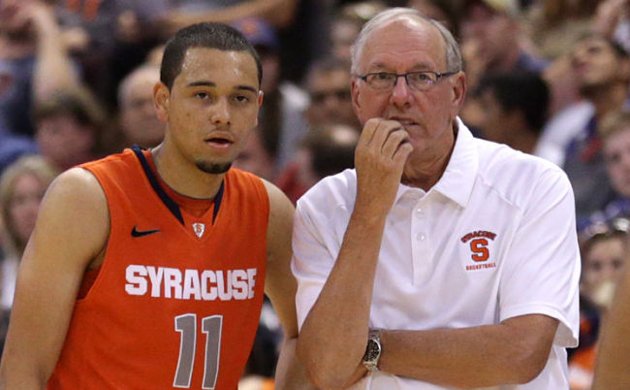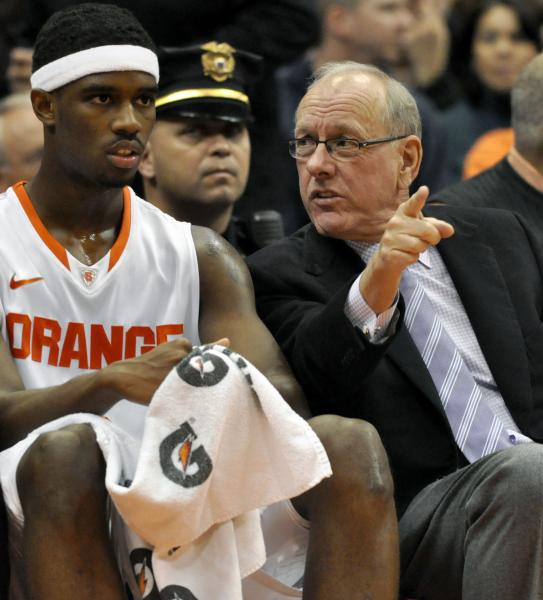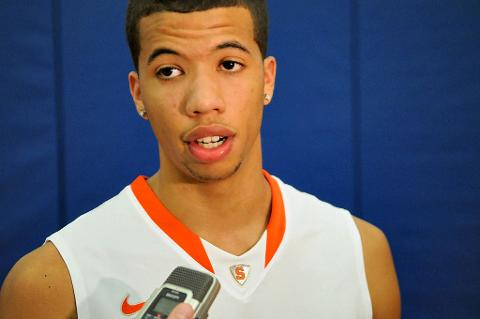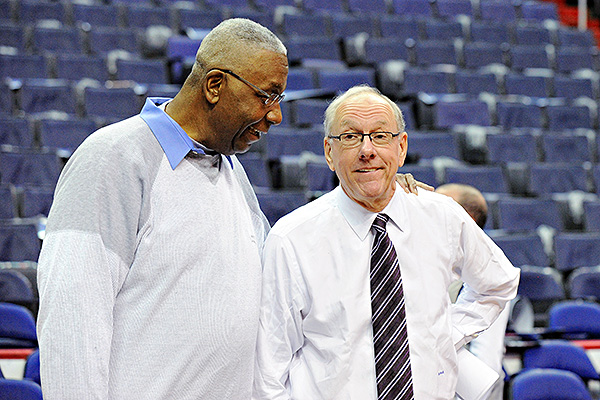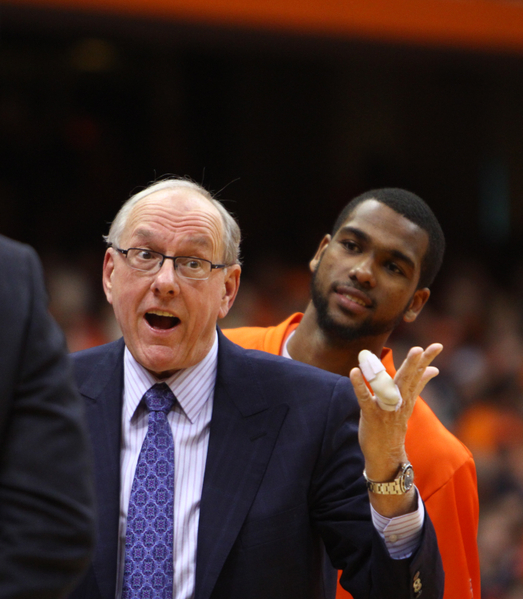ACC/Big Ten Challenge Presents Giant Opportunity For Michigan
Posted by Bennet Hayes on December 2nd, 2013What to Make of Michigan Heading to Duke in the Headliner of the ACC/Big Ten Challenge
Nobody ever said life after Trey Burke was going to be easy. Despite entering the season with both a top 10 ranking and preseason All-American (again) to lead the way, John Beilein had to know that this group of Wolverines would be a work in progress. Gone was not only the transcendent Burke, but also backcourt mate Tim Hardaway, Jr., a highly accomplished player in his own right. Also of concern: The fact that this year’s preseason All-American, Mitch McGary, entered the season on the mend. The bruising sophomore is recovering from a back injury, and even with a (relatively) healthy back a season ago, he had averaged only 7.5 points and 6.3 rebounds per game as he got acclimated to college basketball. Was he really ready to deliver All-American type production? Every team entered this season with question marks, but Michigan faced as many as any of their preseason top-10 cohabitants.
The Wolverines are now seven games into the season, and the top-10 ranking is gone. The same cannot be said for those pesky preseason questions. Michigan is 5-2 on the year, with an overtime victory over Florida State ranking as its lone victory of consequence (seriously, the average Pomeroy rating for the other four Wolverine conquests is 297). The back injury ultimately caused McGary to miss just two games, but his production since returning has hardly been like that of an All-American: 8.2 PPG, 7.8 RPG, 1.0 BPG in 25 minutes per game. I’m not in the habit of judging a guy off of five post-injury games, but the jury remains out on whether McGary can live up to those expansive preseason expectations.
Nor has a verdict been offered on the Michigan point guard situation. Nobody expected Derrick Walton to become Trey Burke, but the freshman has averaged nearly as many turnovers (2.4 per game) as assists (3.3 per game), while also ceding crunch time minutes to backup Spike Albrecht. In the two Michigan losses (to Iowa State and Charlotte), Walton has averaged just 19 minutes a game. Clearly John Beilein is not ready to fully hand over the reins to the talented youngster, but like McGary, there’s still plenty of time for Walton to grow into his expected role.





























